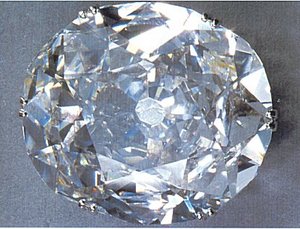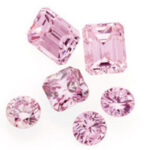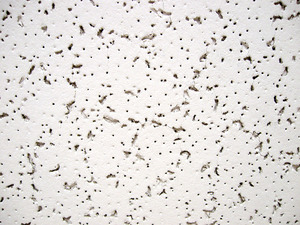Discovered as long ago as the 9th century BC in India, diamonds have long been a symbol of mysticism and intrigue, but also of power, and ultimately love. In their earliest incarnations, diamonds were used as decoration. But, the mystique and natural durability of the diamond also lent it the “power” to ward off evil and protect its wearer in battle.
The Greeks held the precious gem in such high regard, they presumed it fell from the sky, shards of fallen stars. In fact the Greek word “adamas”, meaning unconquerable, is the root of diamond, traceable to the nearly indestructible physical properties of the diamond or the symbolism of love found in the stone, Cupid himself said to have tipped his arrows with diamonds.
This magical property was carried forward into the dark ages when some believed that by making the sign of the cross with a diamond in hand, illness could be cured. Pope Clement VII went so far as to unsuccessfully attempt to swallow a diamond to cure his ailment.
It is no small wonder that the clarity and refraction of such a strange substance found underground would have such an effect on its harvesters. But, it wasn’t until the Middle Ages that the true monetary value and rarity of diamonds was recognized, making the diamond not only a symbol of magical power, but of wealth.
Yet, the rarity of the diamond afforded that only Kings would wear the rare stone until the 15th century when Archduke Maximilian of Austria gave a diamond ring to Mary of Burgandy, beginning the tradition of giving diamond engagement rings. The supply however was still considerably smaller than the demand.
With finds such as the Koh-I-Noor and Blue Hope diamonds in India, the popularity of diamonds surged even further, ignited by such enormous, extraordinary finds, ultimately bringing about the discovery of more prosperous diamond sources. These Indian diamond sources however dwindled with the surge of mining and excitable prospectors, forcing prospective diamond miners into Borneo and Brazil to search, where smaller mines were discovered but nothing substantial enough to meet the demand.
In 1866, a young boy in South Africa discovered a 21 carat stone along the banks of the Val River, a discovery later named Eureka that would find its way into the gavel of the premier of South Africa. More importantly though, this discovery among other smaller ones opened up the largest Diamond find in Africa, the kimberlite layer several hundred feet beneath the Val and Orange river banks.
This stretch of land, 60 miles along the Orange River valley, is now owned by Consolidated Mines of South West Africa and has seen more than 1 million carats of diamonds mined since 1956. In comparison, the largest diamond mine in the United States, the Murfreesboro Mine in Arkansas has seen 60,000 diamonds mined since its discovery in 1906.
These mines were the source of many of the world’s diamonds until another much large source was discovered in 1979 in Eastern Australia, a diamond deposit along Lake Argyle, now the world’s richest diamond deposit, producing nearly a third of the world’s diamond supply annually.
The diamond has long been one of the most mythical and sought after products of our bountiful earth, a symbol of divine power, wealth, and of love. It’s history is a long one, filled with incredible finds and powerful rulers, a proper mystique for a gem so wondrous.







